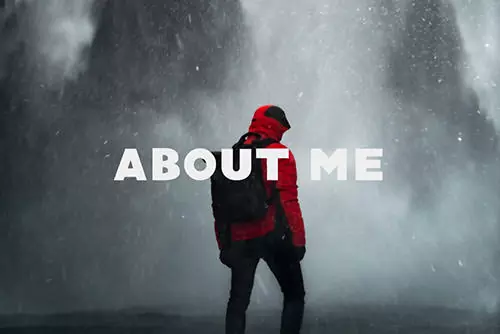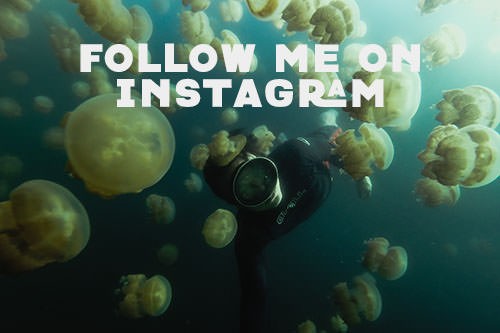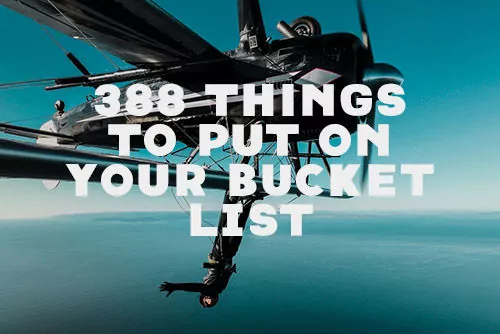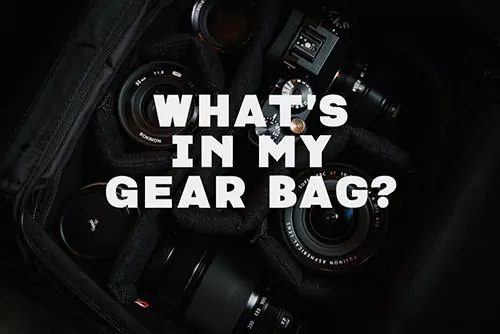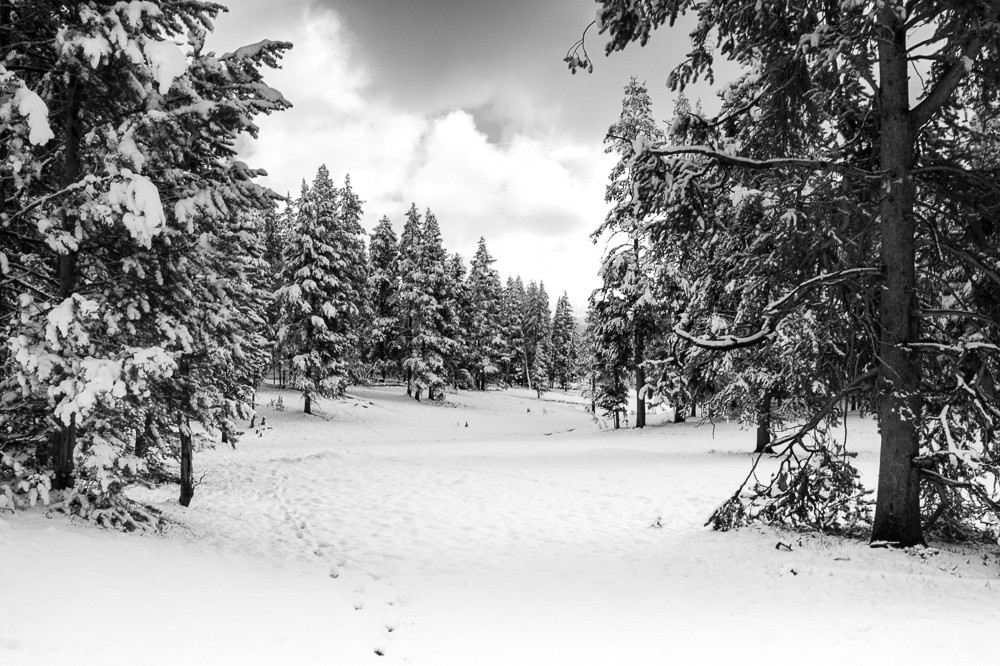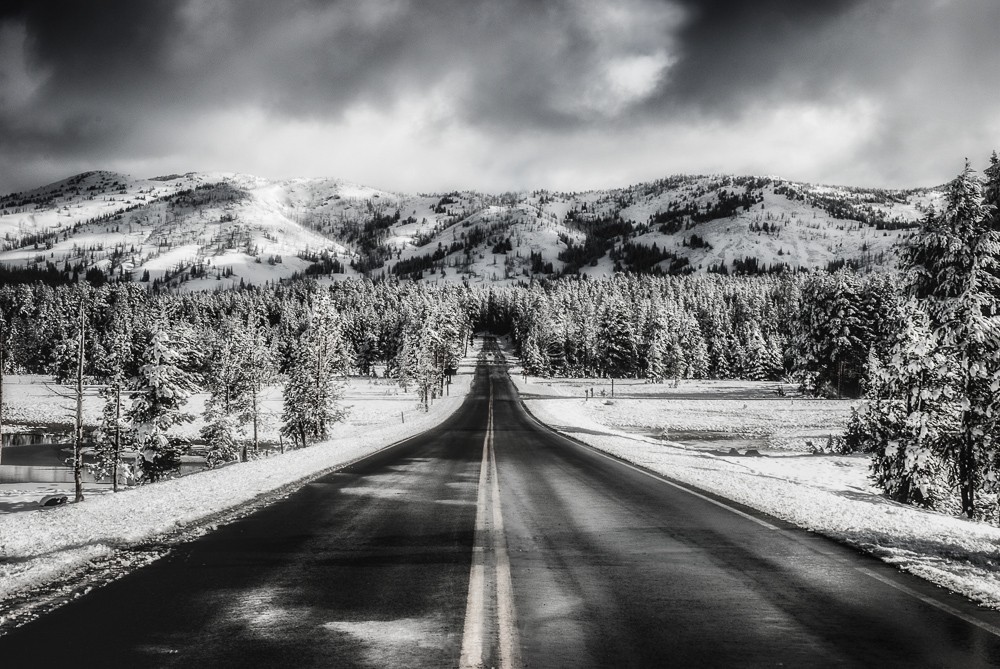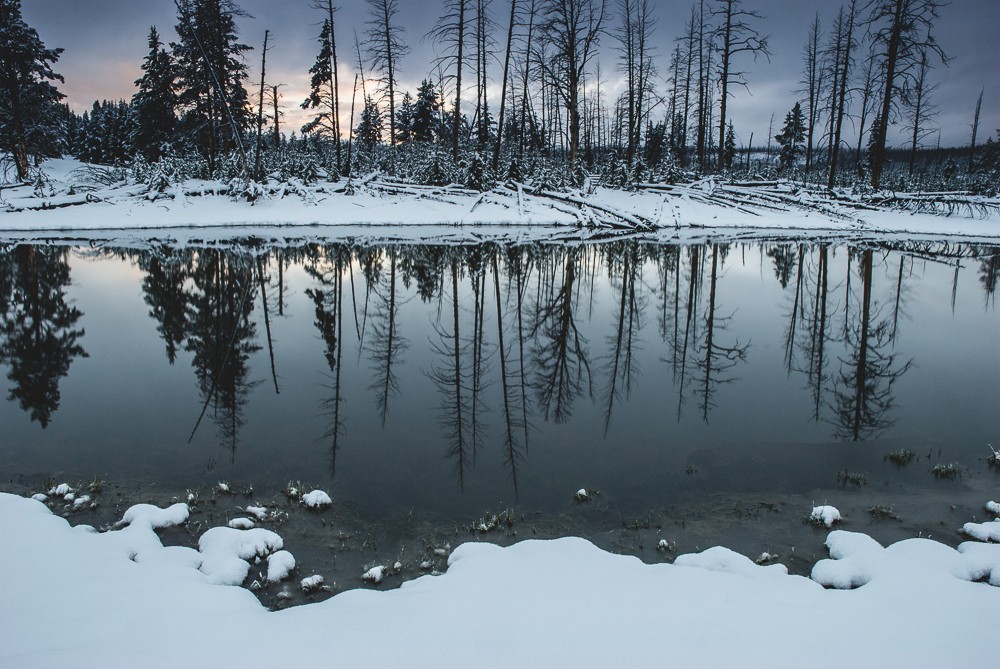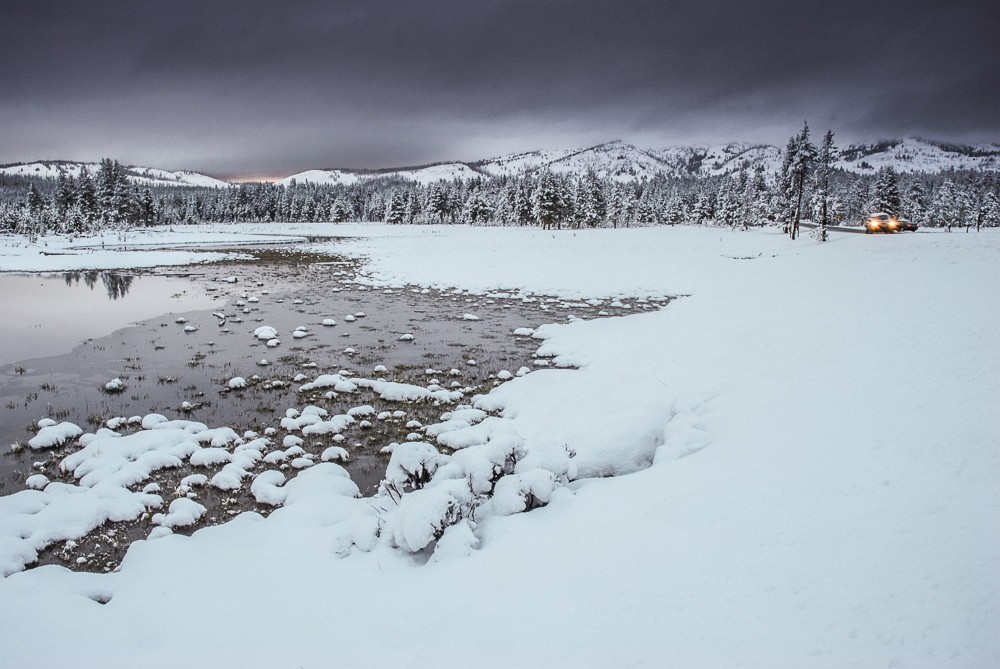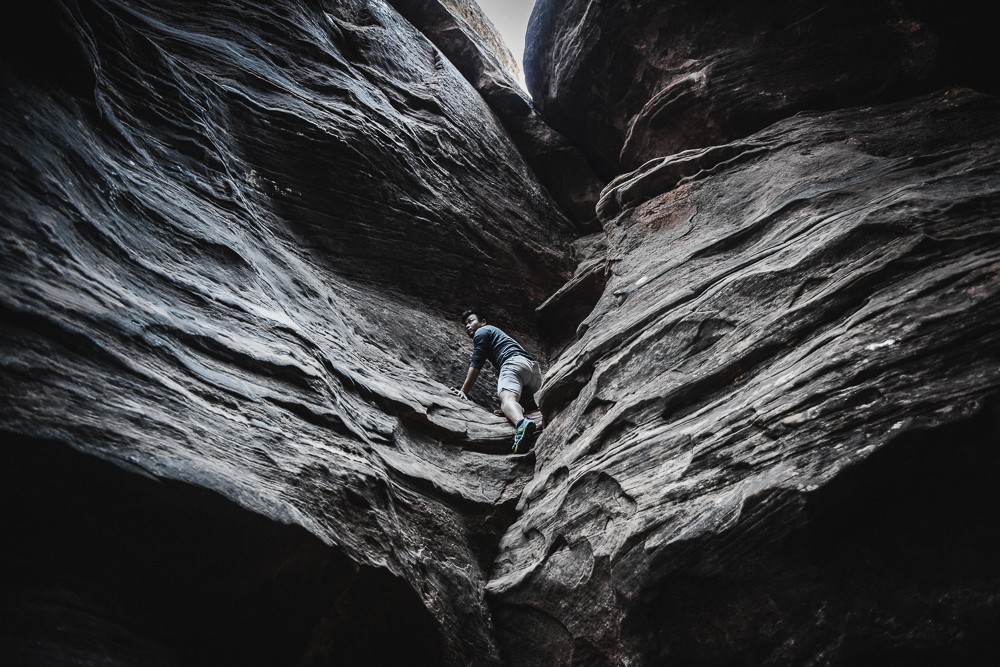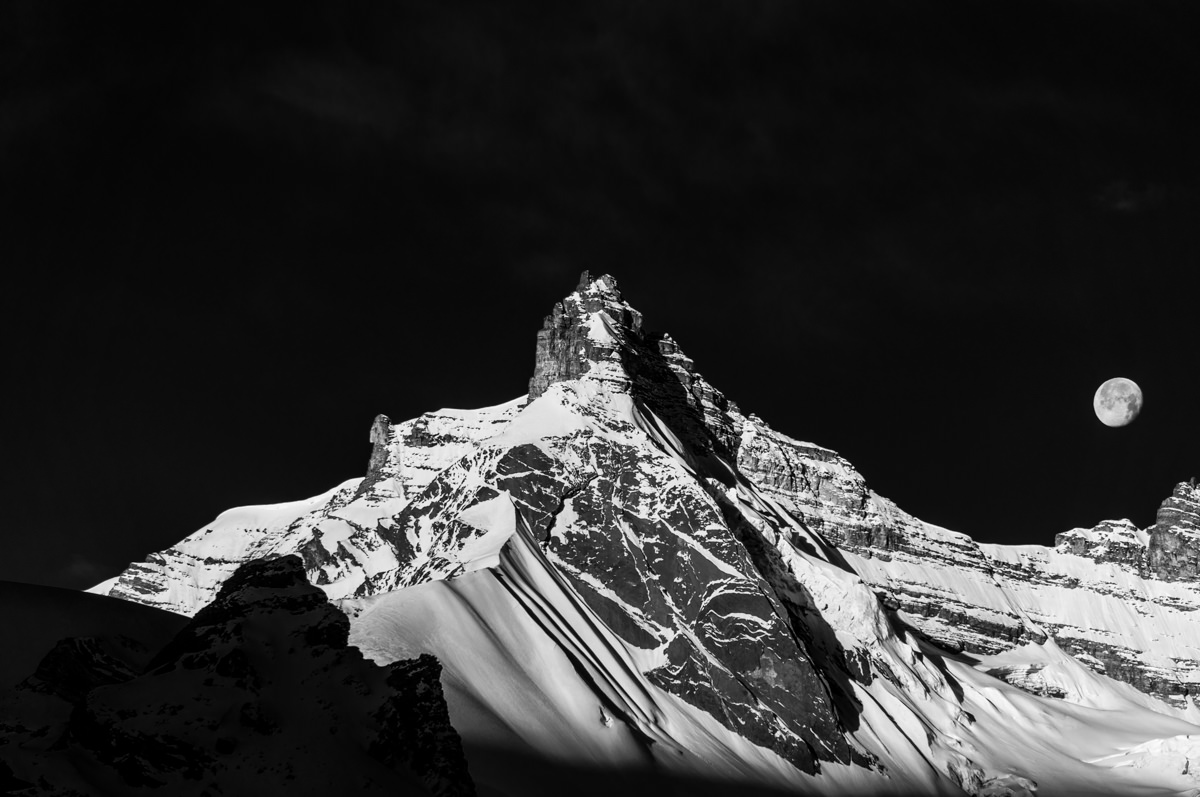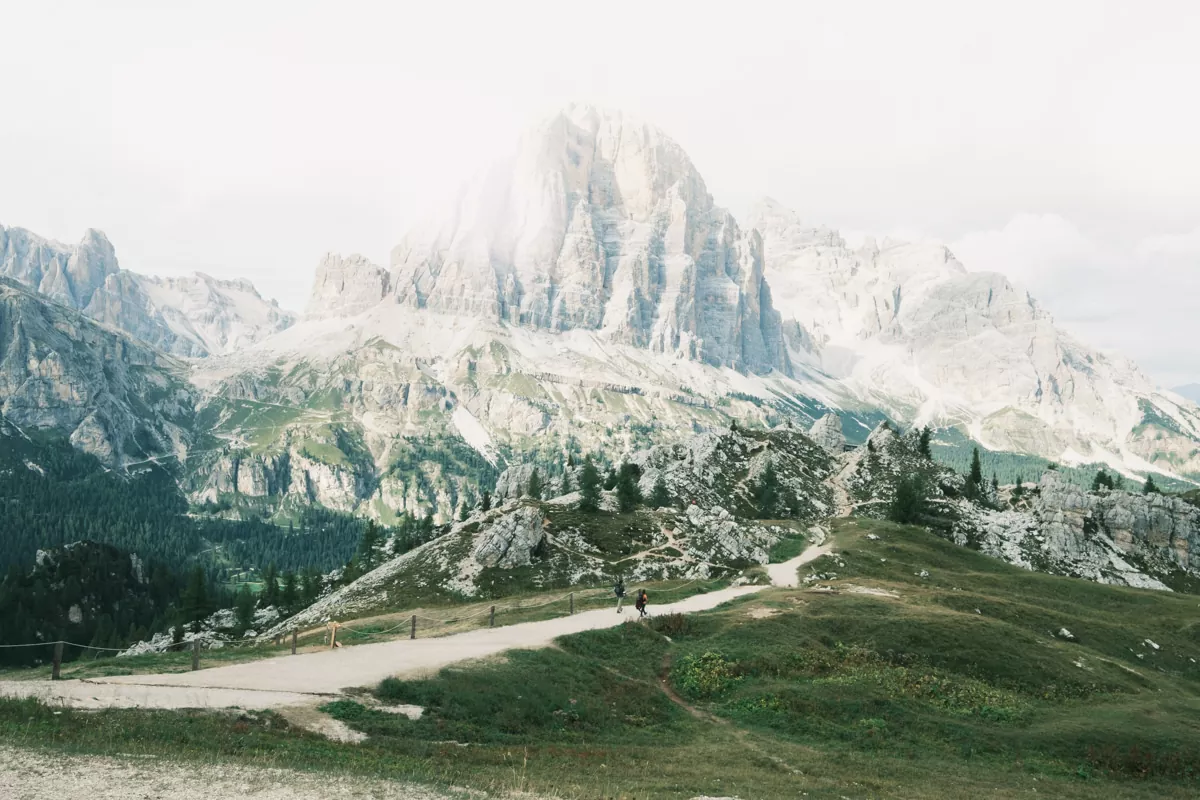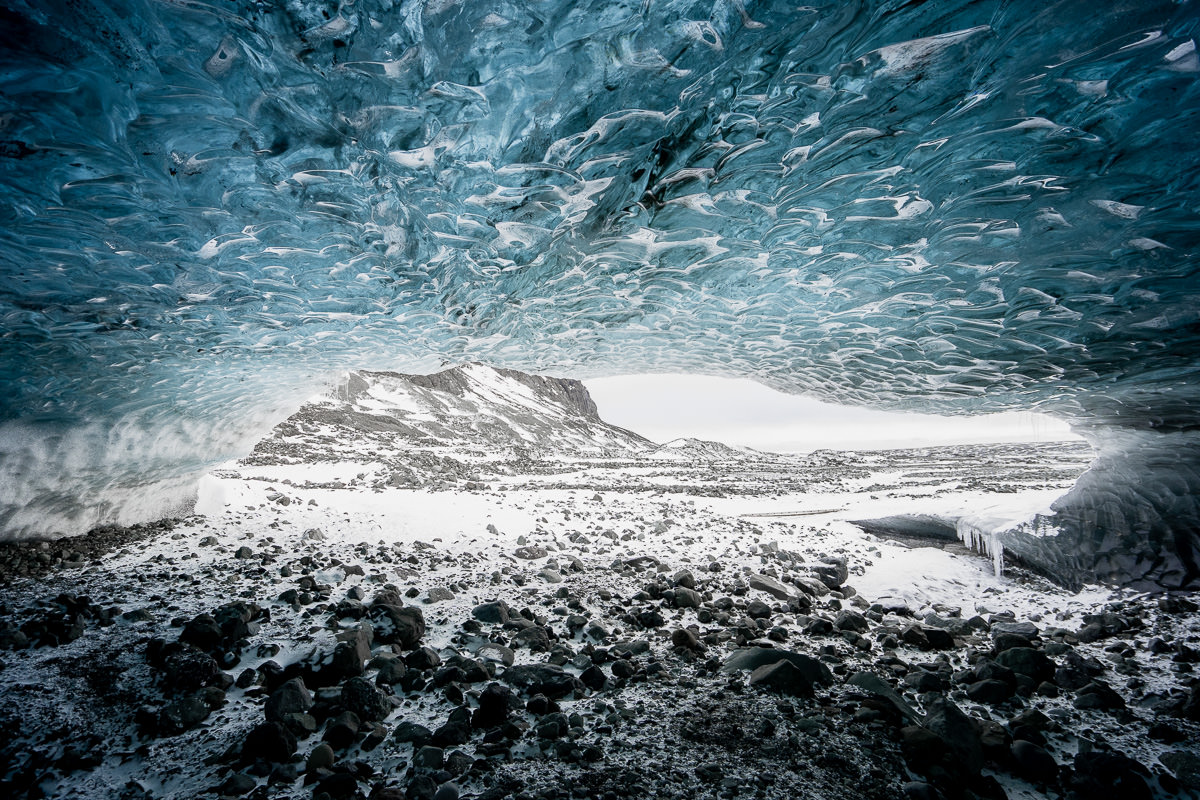How To Get Backcountry Backpacking Permits Yellowstone
How To Get Backcountry Backpacking Permits Yellowstone
The first thing you should know about Yellowstone is that the national park sits on a volcanic caldera. Essentially, the whole place is a giant super-volcano and it’s not one of the happy dormant ones. The ground is constantly rising and there are thousands of earthquakes in the park every year. When it erupts, scientists speculate that the resulting impact of the toxic ash cloud would spread 1000 miles rendering the United States pretty much uninhabitable. The second thing you should know is that this place is stunningly beautiful.
Microclimates In Yellowstone
The geothermic activities that’s responsible for the hot springs, geysers and pretty much everything else awesome in Yellowstone also creates the incredibly inconsistent weather patterns within the park. You can go from driving with the sun on your face right into heavy snowfall and then into deep fog all within minutes. For a landscape photographer, this can make for some surreal and unexpected photographs.
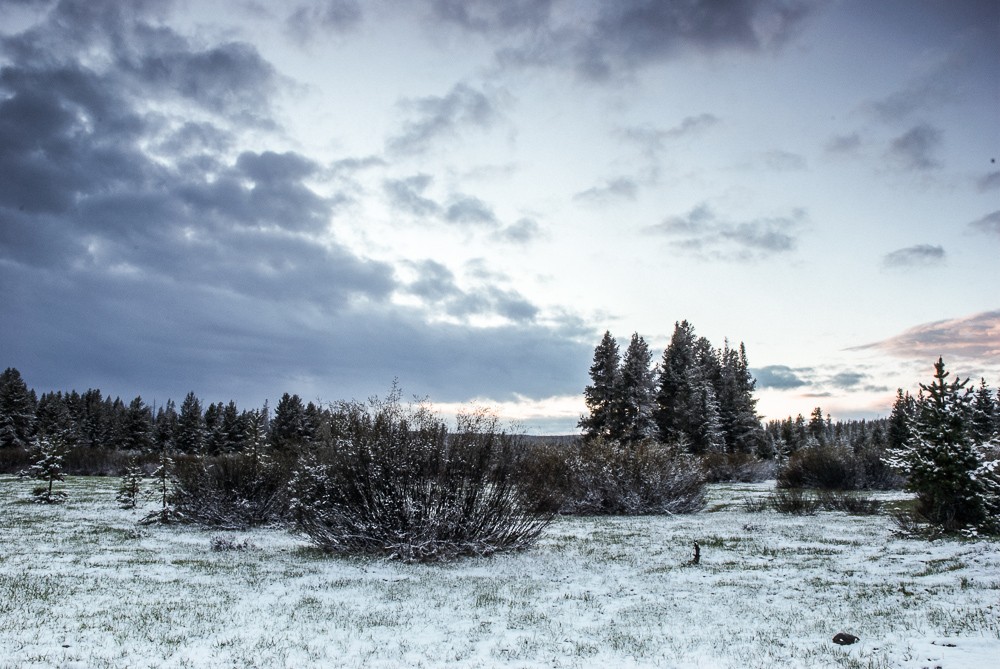
How To Get A Backcountry Camping Permit In Yellowstone In 2023/2024
June and the summer months are a busy time at almost every national park, and Yellowstone is one of the most popular parks in the United States. Getting a normal camping permit at one of those spots require advance planning. Luckily, most visitors and even campers are content to staying near the main roads and attractions. To avoid the crowd, you can get a backcountry permit, which allows you a lot more freedom with where you can camp and take you deeper into Yellowstone where you’ll run into few other backpackers, if any at all.
To get a backcountry permit, go to one of the backcountry ranger stations.
- Bechler Ranger Station
- Bridge Bay Ranger Station
- Canyon Visitor Center
- Grant Village Visitor Center
- Mammoth Visitor Center
- Old Faithful Ranger Station
- South Entrance Ranger Station
- Tower Backcountry Office
- West Yellowstone Visitor Information Center
NOTE: The process for obtaining a backcountry permit has been modified for the 2023-2024 season.
Permits are required for all overnight stays and must be obtained by calling the Central Backcountry Office at 307-344-2160. Permits are available seven days a week from 8:00 am to 4:00 pm. Before calling, you may email a copy of your completed Backcountry Permit Application to speed up the process. A copy of your permit will be emailed to you the payment is made.
Due to the pandemic, all backcountry permits are currently being issued via phone and e-mail only. Permits are available no earlier than 2-days prior to the start of your trip.
Permit fees are $3/person/night (with a max of $15/night) between Memorial Day and September 10. There are no fees collected outsides these dates.
You can also make an Advanced Reservation for the backcountry permit to guarantee specific campsites well in advance of your trip. You’ll still need to obtain a backcountry permit by calling the Central Backcountry Office. Only a portion of the park’s backcountry campsites may be reserved in advance. Reservation applications are accepted by mail or fax only. A flat, non-refundable fee of $25 is charged for each reservation. Complete the Backcountry Reservation Application and submit by fax or mail.
NOTE: Processing time for Advanced Reservations is currently around 4-7 days from time of receipt.
June Backcountry Camping In Yellowstone
My friend, Peter, and I decided to spend a few nights hiking and camping in the Yogi Bear’s backyard. Despite being there in June, we were told that several of the backcountry trails were still closed and snowed in while certain river crossings were not possible since the water levels were still too high. I found this strange when it was a nice and clear 70 degrees outside. We were blessed with this fair weather during our hike in to the first campsite and the next day when we went trekking around the area. This is what it looked like.
Note: Keep your permit in a plastic zip-lock and attach it to the outside of your bag.
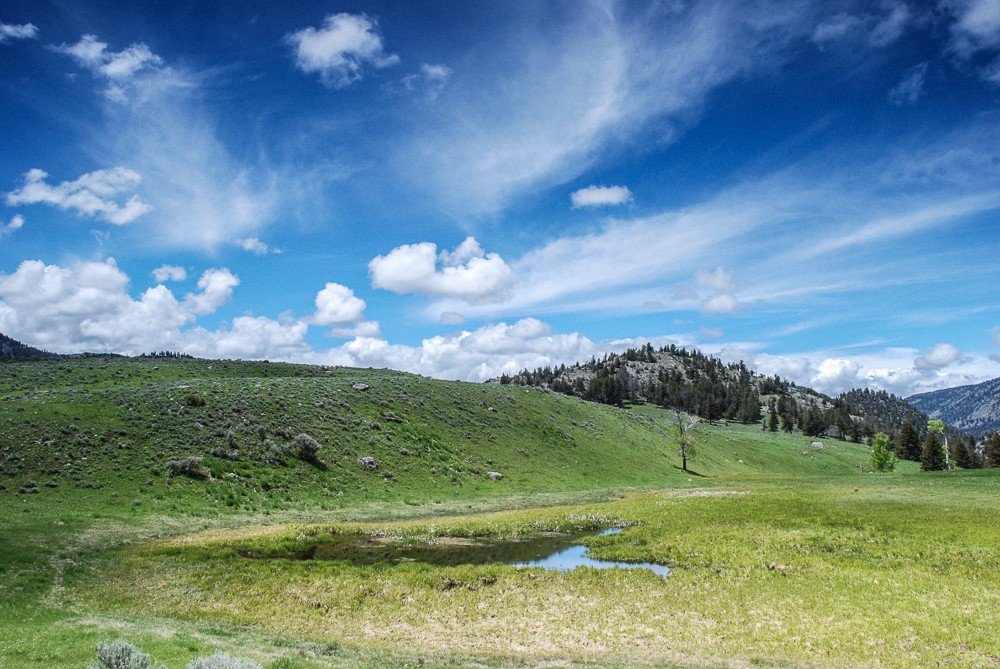
On the morning of our hike out 2 days later, I was hit with hail while trying to go number 2 in the woods. That was a great sign of things to come. It started to rain on the hike out, which we were prepared for. What we weren’t prepared for was what was to come next. When we passed these same hills we saw on our 2nd day hike, it was now covered with snow.
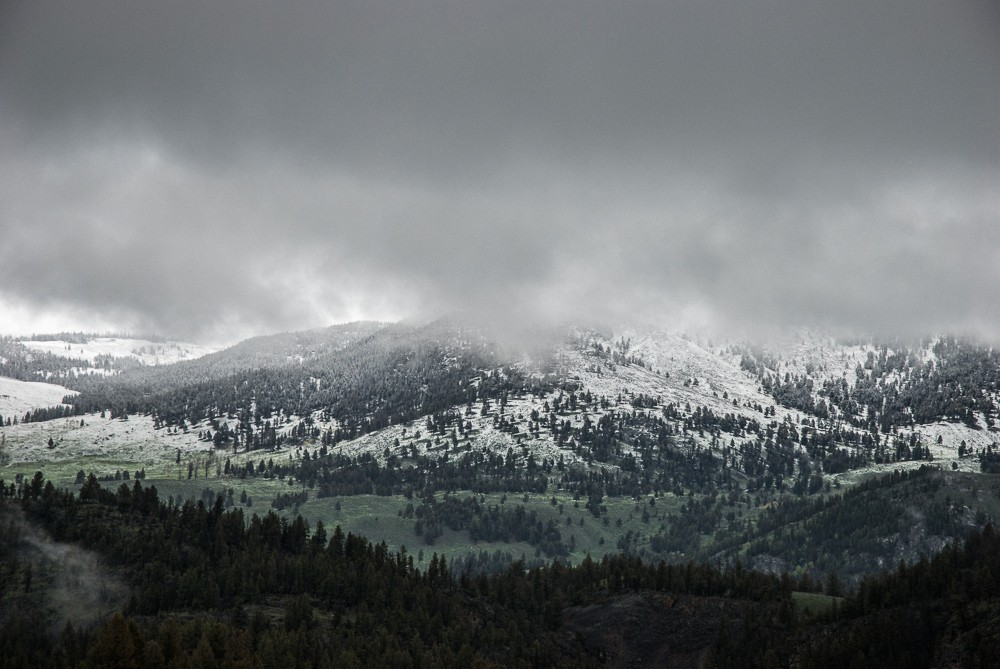
Yellowstone Snowing In June
When we finally go to our car to drive on to the next spot, we were told by park rangers that some of the roads were closed due to heavy snowfall and a rock slide forcing us to head back west to find a cabin or something for the night. The weather was gloomy for the next 15 minutes, but there absolutely no sign of show. And then as if we had crossed some invisible barrier, suddenly the scenery changed from green and gray to all white. Minutes later we were driving in near blizzard conditions. And minutes after that, it was sunny again but everything around us was covered in snow.
This is a Yellowstone’s microclimate in full effect. You can experience mild, temperate weather in one section of the park and then experience a completely different season just 15 minutes later. It’s an incredible phenomenon that I’ve experienced in places like the Death Road in Bolivia, but that was when I went from high altitude to low altitude. This was completely different.
We made it to Canyon Village before sunset where I asked Peter to drop me off on the side of the road to do some photography. While trying to compose my shot, a couple stopped and asked what I was photographing that was worth standing crotch-deep in snow.
They offered me a warm ride back to the village after I showed them the photographs. Our short 3 day backpacking trip in Yellowstone was quite eventful and it was incredible to experience such different weather as we went into the backcountry and then drove around the park.
8 Things To Know Before You Go To Into The Yellowstone Backcountry
More so than just visiting the well-worn parts of any national park, remember that this is still wild lands. Nature doesn’t care if you’re there. River currents can still wash you away when you try to ford them. Animals will be drawn to smells and will mostly likely defend their territory when you encroach. Here are some tips and things to be mindful of before you go into the backcountry.
- Leave No Trace. There’s no one picking up after you. If you are pack it in, pack it out. And that means the toilet paper you just finished using as well. Bring at least a pack of this. As a rule of thumb, I always keep a few bags on whenever I travel just to to organize things.
- Dig A Cathole Before You Poop. Don’t just do a number 2 anywhere. Go at least 100 feet away any camp site, trail or water source. Find a spot that has easy to dig soil and preferably sunlight. Dig at 6-8” deep and 4-6” wide. Replace the soil when you’re done and then remember tip #1 – pack out your used toilet paper. You’re completely on the honor system here.
- Camp Only In Designated Campsites. Even with more freedom, the maintenance of the park is a higher priority and it’s in everyone’s best interest to limit your footprint.
- Secure Your Food. And anything with a scent including your deodorant, toothpaste, etc. Use approved bear canisters and/or hang your pack with the food and scented items from a tree at least 200 feet away from your campsite. Bears can climb trees, so it’s best to hang it further out on a limb.
- Use Designed Fire Rings Only. Smokey the Bear says, “Don’t start forest fires”. There will be high risk times when no fires are allowed, so follow the rules.
- Make An Advanced Reservation. It costs $25, but it’s better than showing up and not having a camp spot. Yellowstone is not one of those national parks where you can just camp anywhere away a certain distance away from the roads.
- Stay Away From The Wildlife. Don’t feed, or touch them. Don’t get too close. It’s ridiculous how I still hear about people dying every year from trying to take a photo with a bison.
- Be Careful With Fording Rivers. There are spots that might require river crossings without a bridge. Know what you’re doing before you attempt to ford a river. There could be strong undercurrents and deep pockets with whirlpools somewhere you can’t see. The same goes with thermal waters. Stay at safe distance from anything that smells of sulfur or bubbles.
Updated on May 29, 2024


